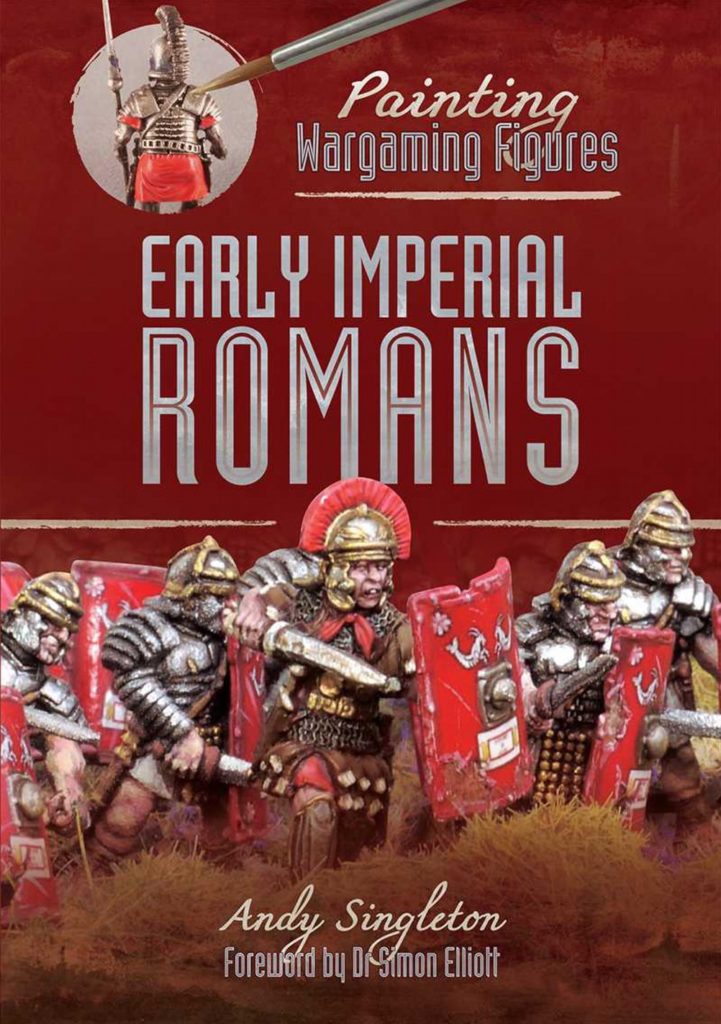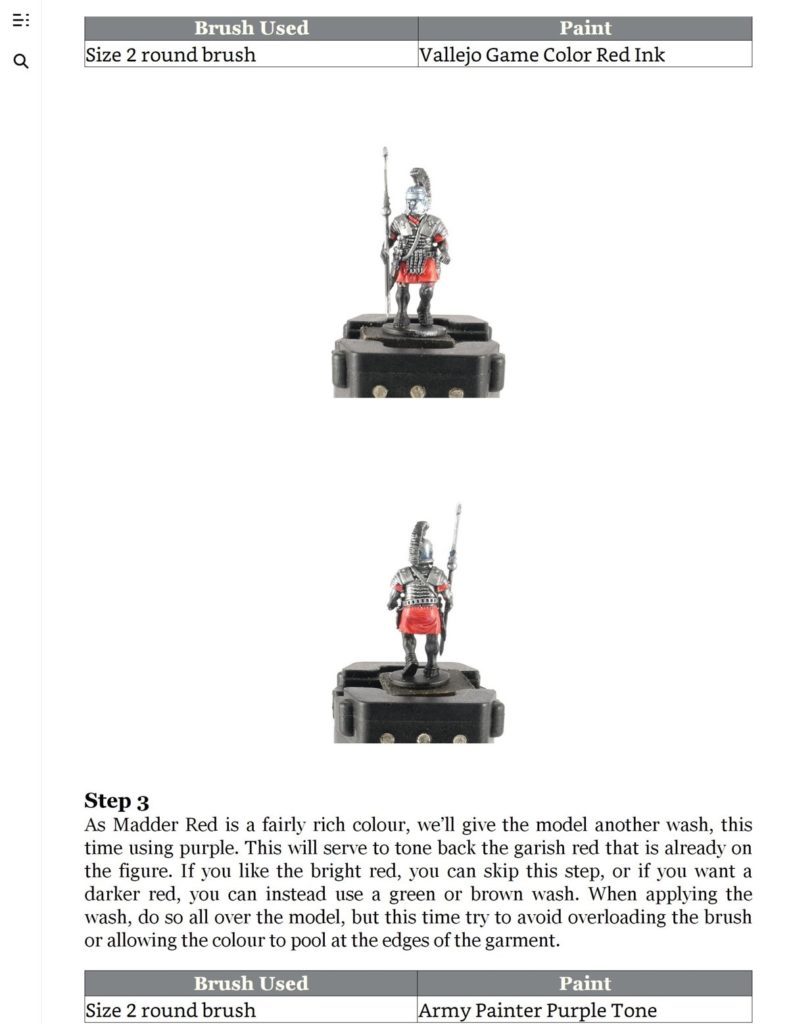The Santa Cruz Wargamer has a tutorial on repairing a rules book with a broken binding.
Books
The White Terror and The Red: A Novel of Revolutionary Russia
Fans of Russian history may find this novel interesting: The White Terror and the Red: A Novel of Revolutionary Russia It dates to 1905 and is free because it’s out of copyright.
Translations of World Literature
In Parenthesis is a site that offers free ebooks with Enlgish translations of literature from around the world. Much of it should be of interest to wargamers. There’s Old Norse, Arthurian, Chinese Drama, Medieval Canadian, Medieval Castilian, Medieval Catalan, Middle Dutch, Middle English, Old English, Ethiopian, Middle French, Old French, Medieval German, Gothic, Greek, Medieval Irish, Medieval Italian, Medieval latin, Japanese, Malayan, Peruvian, Medieval Russian and so on.
Painting Early Imperial Romans Book Review

Painting Early Imperial Romans Book Review
Painting Wargames Figures: Early Imperial Romans
By Andy Singleton
Publisher’s Website: Pen and Sword
On Amazon (affiliate link)
One of a series of painting guides from publisher Pen and Sword, Andy Singleton’s Early Imperial Romans volume is one I wished I had years ago when I was working on my own Roman project.
Full disclosure: I received the Kindle Version of this book from the publisher for review.
The physical version of Early Imperial Romans has 160 pages in a 6.8 x 0.5 x 9.5 inch format. As you would expect for a painting guide, it is well illustrated, with 187 color photos.
In Early Imperial Romans, Singleton has taken an interesting tack for a painting guide. Because of the large number of legion variants in the Early Imperial era, Singleton focuses instead on common elements: armor, shields, flesh, tunics, and so on. When working on figures, painters can identify the different types of gear and reference the appropriate section of the book.

Each section identifies the brush types and paint used, as well showing photos of each step. The instructions are clearly written, and even the most rank of beginners should have no problem following them.
Singleton offers a good variety of “looks” in each section. The armor section, for example, offers techniques for painting clean iron mail, tarnished iron mail, clean segmentata, aged segmentata, weathered setmentata, bright bronze/copper alloy, weathered bronze/copper alloy, blackened armor and tinned
Each section also has a bit of historical discussion, noting the development and use of the armor, shields, weapons and so on.
Interestingly, the book lacks discussion of how to paint the weapons, other than a section on the wood of a pilum. I suppose that the painting of swords is fairly straightforward, though.
Note also that the book is absent any discussion of various auxilia troops: slingers, archers, etc. Perhaps those will be the topic of another volume.
The beginning of the book is clearly intended for folk new to the hobby, with a discussion of figure types (metal, plastic, resin) as well as necessary tools, glues and primers. That chapter also discusses paint brush types and their cleaning. Finally, there is an explanation of various painting techniques, such as dry brushing, layering and washing.
The back of the book discusses basing techniques, and offers a list of manufacturers in various scales.
Painting Imperial Romans is a good book for those relatively new to the historical miniature wargaming hobby (and hopefully there are a steady stream of those). As someone with more than 40 years in the hobby, however, I found it less useful. Still, I found the paint color suggestions useful, and enjoyed the historical discussions of the equipment.
Free Ebooks From Osprey
Osprey — a longtime publisher of military related powers, and more recent publisher of games — is offering free ebooks for the Corona Virus lockdowns.

